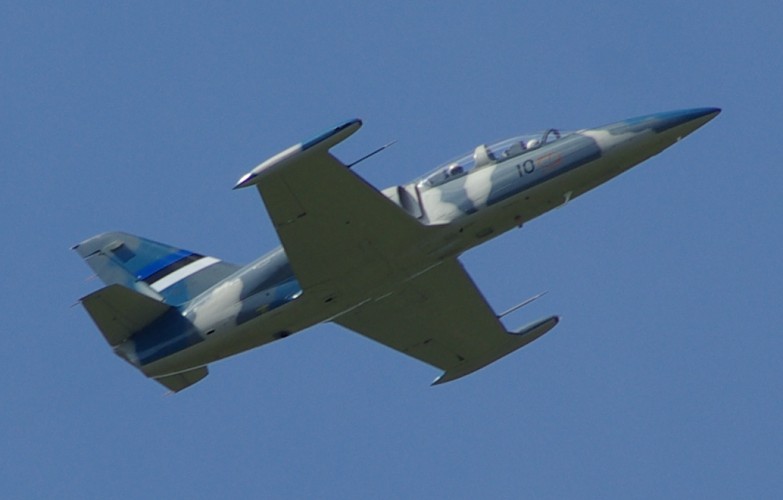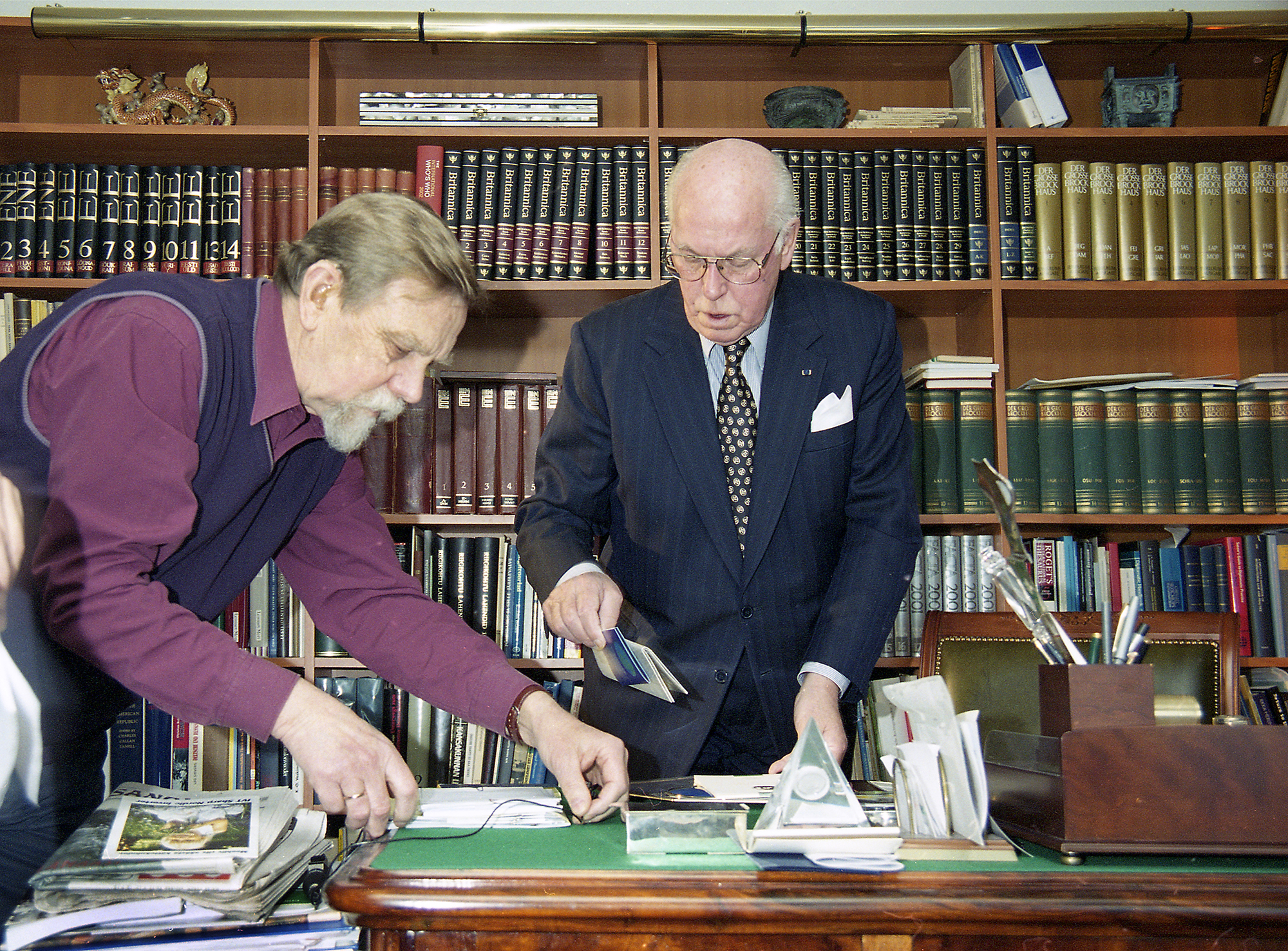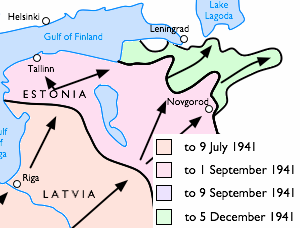|
Võidupüha
Võidupüha or Victory Day in English or the Victory Day in the Battle of Võnnu in Estonian is a public holiday in Estonia which occurs on June 23. The holiday has been celebrated since 1934 and marks the victory of Estonia and neighboring Latvia in the Battle of Cēsis against the Baltische Landeswehr on June 23, 1919. History The battle was part of the 1918–1920 Estonian Liberation War of Independence, in which the new Estonian government fought the Soviet Union's Red Army and the ''Baltische Landeswehr'', which consisted of Baltic German nobility from Courland and the Governorate of Livonia who served the German Empire and aimed to establish the United Baltic Duchy. After the fighting began On 19 June, the combined force of the 3rd Division, the Kuperjanov Infantry Partisian Battalion and the Latvian Northern Brigade held out for reinforcements arriving on 21 June despite the fact that they did not have the advantage when it came to weaponry (German troops had 5,500� ... [...More Info...] [...Related Items...] OR: [Wikipedia] [Google] [Baidu] |
Public Holidays In Estonia ...
All official holidays in Estonia are established by acts of Parliament. Public holidays The following are holidays that mean days off: National holidays The following holidays do not give a day off: References Public and National Holidays Act Estonian Holidays in 2014* List of holidays celebrated in the European Union in 2006 was used for translation: *in Estonian*in English {{Public holidays in Europe Estonia Society of Estonia Holidays A holiday is a day set aside by Norm (social), custom or by law on which normal activities, especially business or work including school, are suspended or reduced. Generally, holidays are intended to allow individuals to celebrate or commemorate ... [...More Info...] [...Related Items...] OR: [Wikipedia] [Google] [Baidu] |
Battle Of Cēsis (1919)
The Battle of Cēsis ( lv, Cēsu kaujas; et, Võnnu lahing, Battle of Võnnu; german: Schlacht von Wenden, Battle of Wenden), fought near Cēsis (or Võnnu, Wenden) in June 1919, was a decisive battle in the Estonian War of Independence and the Latvian War of Independence. After heavy fighting an Estonian force moving from the north, supplemented by Latvian units, repelled Baltic German attacks and went on full counter-attack. Background Latvia had declared independence in 1918, but was unable to stop the advance of the Red Army, resulting in the loss of Riga. The advance of the Red Latvian Riflemen was stopped by the German VI Reserve Corps. The Reserve Corps under general Rüdiger von der Goltz consisted of the ''Baltische Landeswehr'', the Freikorps Iron Division, and the Guard Reserve Division. The Latvian volunteers loyal to the Provisional Government were also placed under the command of the ''Baltische Landeswehr''. On 16 April 1919, the Latvian government of Kārlis Ul ... [...More Info...] [...Related Items...] OR: [Wikipedia] [Google] [Baidu] |
L-39 Albatros Estonian , in San Diego County, California
{{Letter-NumberCombDisambig ...
L39 or L-39 may refer to: * 60S ribosomal protein L39 * Aero L-39 Albatros, a Czechoslovakian jet trainer * Bell L-39, an American experimental aircraft * , a destroyer of the Royal Navy * , a sloop of the Royal Navy * Lahti L-39, an anti-tank rifle * Mitochondrial ribosomal protein L39 * Ramona Airport Ramona Airport is a public airport two miles west of Ramona, in San Diego County, California, United States. The airport is mostly used for general aviation, the California Department of Forestry (CDF) and the United States Forest Service (USFS ... [...More Info...] [...Related Items...] OR: [Wikipedia] [Google] [Baidu] |
Kuperjanov Infantry Battalion
The Kuperjanov Infantry Battalion ( et, Kuperjanovi jalaväepataljon) is a battalion of the Estonian Land Forces. It is a part of the 2nd Infantry Brigade. Battalion headquarters is at Taara Army Base, Võru. History Estonian War of Independence Julius Kuperjanov was a school teacher who was commissioned into the Imperial Russian Army during World War I and served as a commander of partisan and reconnaissance units. In 1918, he joined the Estonian Army at the beginning of the Estonian War of Independence. On 23 December 1918, Kuperjanov received permission from Colonel Ernst Limberg, commander of the 2nd Division, to form a special purpose partisan unit. Kuperjanov's unit initially consisted of 37 volunteers and was based at Puurmani manor. New volunteers continued to arrive and the unit soon grew to 600 troops, becoming Tartumaa Partisan Battalion. On 13–14 January 1919, the battalion took part in liberating Tartu from the Red Army. After taking back Tartu, the battalion b ... [...More Info...] [...Related Items...] OR: [Wikipedia] [Google] [Baidu] |
Lennart Meri
Lennart Georg Meri (; 29 March 1929 – 14 March 2006) was an Estonian politician, writer, and film director. He served as the second president of Estonia from 1992 to 2001. Meri was among the leaders of the movement to restore Estonian independence from the Soviet Union. Early life Meri was born in Tallinn, a son of the Estonian diplomat and later Shakespeare translator Georg Meri, and Estonian Swedish mother Alice-Brigitta Engmann. With his family, Lennart left Estonia at an early age and studied abroad, in nine different schools and in four different languages. His warmest memories were from his school years in Lycée Janson de Sailly in Paris. In addition to his native Estonian, Lennart Meri fluently spoke five other languages: Finnish, French, German, English and Russian. Lennart Meri and his family were in Tallinn when Estonia became occupied by the Soviet Union armed forces in June 1940. The extended Meri family was split in the middle, half of whom opposed, the other ... [...More Info...] [...Related Items...] OR: [Wikipedia] [Google] [Baidu] |
Tartu
Tartu is the second largest city in Estonia after the Northern European country's political and financial capital, Tallinn. Tartu has a population of 91,407 (as of 2021). It is southeast of Tallinn and 245 kilometres (152 miles) northeast of Riga, Latvia. Tartu lies on the Emajõgi river, which connects the two largest lakes in Estonia, Lake Võrtsjärv and Lake Peipus. From the 13th century until the end of the 19th century, Tartu was known in most of the world by variants of its historical name Dorpat. Tartu, the largest urban centre of southern Estonia, is often considered the "intellectual capital city" of the country, especially as it is home to the nation's oldest and most renowned university, the University of Tartu (founded in 1632). Tartu also houses the Supreme Court of Estonia, the Ministry of Education and Research, the Estonian National Museum, and the oldest Estonian-language theatre, Vanemuine. It is also the birthplace of the Estonian Song Festivals. Tar ... [...More Info...] [...Related Items...] OR: [Wikipedia] [Google] [Baidu] |
Kadriorg Palace
Kadriorg Palace ( et, Kadrioru loss, german: Schloss Katharinental) is an 18th-century Petrine Baroque palace in Kadriorg, Tallinn, the capital of Estonia. Both the Estonian and the German name for the palace means "Catherine's valley". It was built in 1718–1725 to Nicola Michetti's designs by Gaetano Chiaveri and Mikhail Zemtsov. The palace currently houses the Kadriorg Art Museum, a branch of the Art Museum of Estonia, displaying foreign art from the 16th to 20th centuries. The building of the Kumu branch of the museum, showing Estonian art from the 18th century onwards is located nearby in the Kadriorg Park. Construction After the successful 1710 siege of Reval (Tallinn) during the Great Northern War, Czar Peter the Great of Russia bought a small manor house at Laksberg (Lasnamäe) for his wife Catherine. Plans for a larger palace in the area were developed soon afterwards and construction of a new palace, in what is now Kadriorg, was started on 25 July 1718. The con ... [...More Info...] [...Related Items...] OR: [Wikipedia] [Google] [Baidu] |
Dissolution Of The Soviet Union
The dissolution of the Soviet Union, also negatively connoted as rus, Разва́л Сове́тского Сою́за, r=Razvál Sovétskogo Soyúza, ''Ruining of the Soviet Union''. was the process of internal disintegration within the Soviet Union (USSR) which resulted in the end of the country's and its federal government's existence as a sovereign state, thereby resulting in its constituent republics gaining full sovereignty on 26 December 1991. It brought an end to General Secretary Mikhail Gorbachev's (later also President) effort to reform the Soviet political and economic system in an attempt to stop a period of political stalemate and economic backslide. The Soviet Union had experienced internal stagnation and ethnic separatism. Although highly centralized until its final years, the country was made up of fifteen top-level republics that served as homelands for different ethnicities. By late 1991, amid a catastrophic political crisis, with several republics alre ... [...More Info...] [...Related Items...] OR: [Wikipedia] [Google] [Baidu] |
German Occupation Of Estonia During World War II
During World War II, in the course of Operation Barbarossa, Nazi Germany invaded Estonia in July–December 1941, and occupied the country until 1944. Estonia had gained independence in 1918 from the then warring German and Russian Empires. However, in the wake of the August 1939 Nazi-Soviet Pact, the Stalinist Soviet Union had invaded and occupied Estonia in June 1940, and the country was formally annexed into the USSR in August 1940. Initially, in the summer of 1941, the German invaders were perceived by most Estonians as liberators from the Soviet terror, having arrived only a week after the mass deportation of tens of thousands of people from Estonia and other territories that had been occupied by USSR in 1939–1941: eastern Poland, Latvia, Lithuania, Bessarabia and Northern Bukovina. Although hopes were raised for the restoration of Estonia's independence, it was soon realized that Germans were but another occupying power. The Nazi German authorities exploited occu ... [...More Info...] [...Related Items...] OR: [Wikipedia] [Google] [Baidu] |
USSR
The Soviet Union,. officially the Union of Soviet Socialist Republics. (USSR),. was a transcontinental country that spanned much of Eurasia from 1922 to 1991. A flagship communist state, it was nominally a federal union of fifteen national republics; in practice, both its government and its economy were highly centralized until its final years. It was a one-party state governed by the Communist Party of the Soviet Union, with the city of Moscow serving as its capital as well as that of its largest and most populous republic: the Russian SFSR. Other major cities included Leningrad (Russian SFSR), Kiev ( Ukrainian SSR), Minsk ( Byelorussian SSR), Tashkent (Uzbek SSR), Alma-Ata (Kazakh SSR), and Novosibirsk (Russian SFSR). It was the largest country in the world, covering over and spanning eleven time zones. The country's roots lay in the October Revolution of 1917, when the Bolsheviks, under the leadership of Vladimir Lenin, overthrew the Russian Provisional Gove ... [...More Info...] [...Related Items...] OR: [Wikipedia] [Google] [Baidu] |
Estonian Soviet Socialist Republic
The Estonian SSR,, russian: Эстонская ССР officially the Estonian Soviet Socialist Republic,, russian: Эстонская Советская Социалистическая Республика was an ethnically based administrative subdivision of the former Soviet Union (USSR) covering the occupied and annexed territory of Estonia in 1940–1941 and 1944–1991. The Estonian SSR was nominally established to replace the until then independent Republic of Estonia on 21 July 1940, a month after the 16–17 June 1940 Soviet military invasion and occupation of the country during World War II. After the installation of a Stalinist government which, backed by the occupying Soviet Red Army, declared Estonia a Soviet constituency, the Estonian SSR was subsequently incorporated into the Soviet Union as a "union republic" on 6 August 1940. Estonia was occupied by Nazi Germany in 1941, and administered as a part of ''Reichskommissariat Ostland'' until it was reconquere ... [...More Info...] [...Related Items...] OR: [Wikipedia] [Google] [Baidu] |
Riigikogu
The Riigikogu (; from Estonian ''riigi-'', of the state, and ''kogu'', assembly) is the unicameral parliament of Estonia. In addition to approving legislation, the Parliament appoints high officials, including the Prime Minister and Chief Justice of the Supreme Court, and elects (either alone or, if necessary, together with representatives of local government within a broader electoral college) the President. The ''Riigikogu'' also ratifies significant foreign treaties that impose military and proprietary obligations, bring about changes in the law, etc.; approves the budget presented by the government as law and monitors the executive power. History History April 23, 1919, the opening session of the Estonian Constituent Assembly is considered the founding date of the Parliament of Estonia. Established under the 1920 constitution, the Riigikogu had 100 members elected for a three year term on the basis of proportional representation. Elections were fixed for the first Sunda ... [...More Info...] [...Related Items...] OR: [Wikipedia] [Google] [Baidu] |




.jpg)
